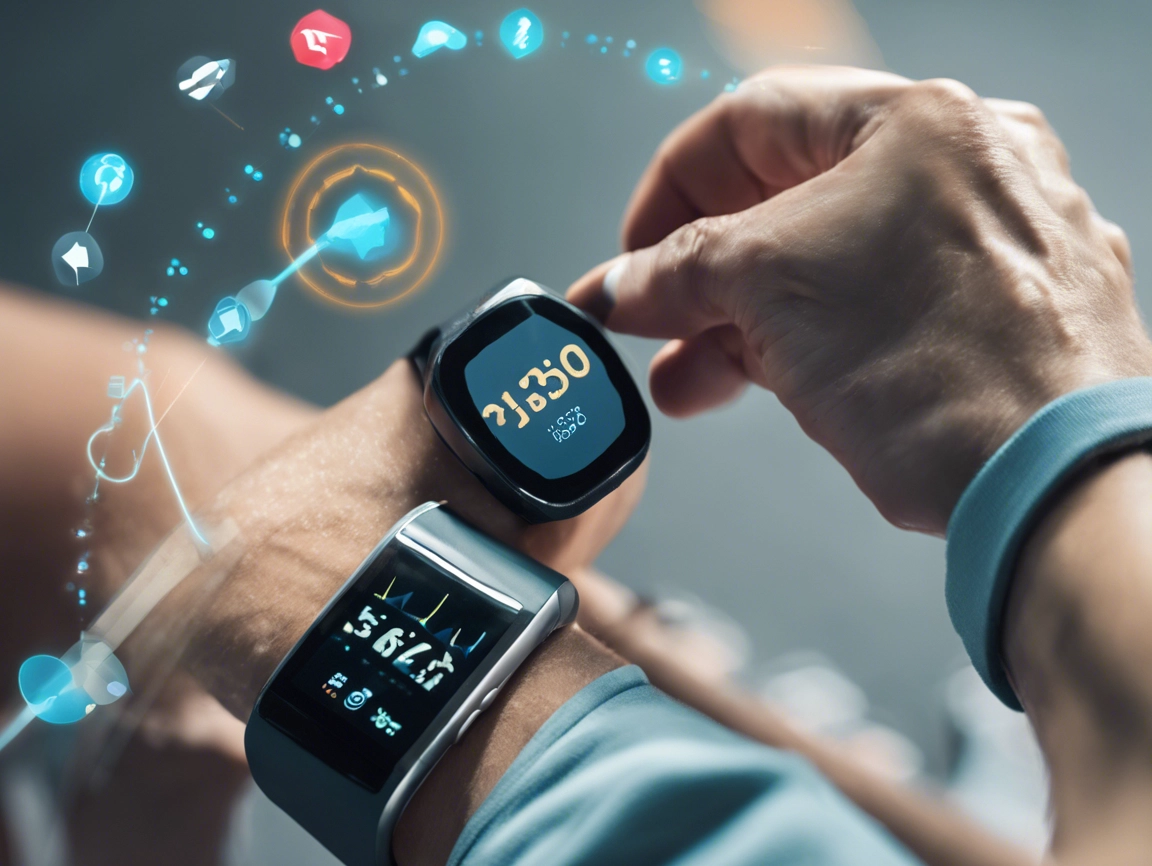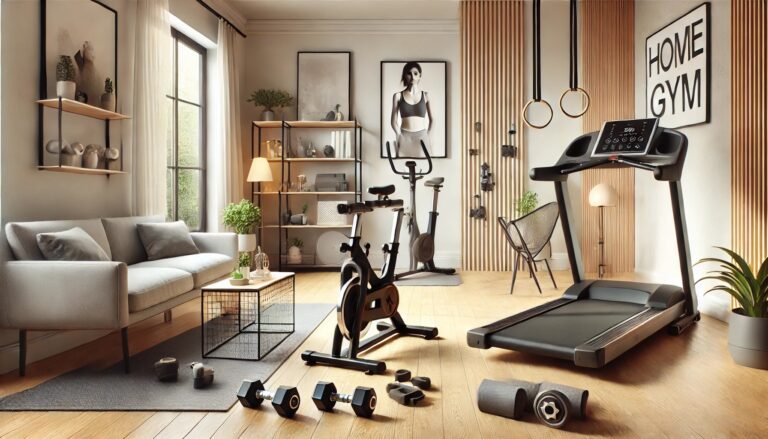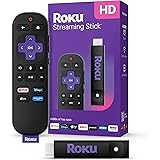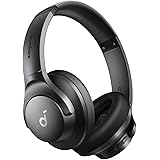With the rapid advancement of technology, wearable devices have become an integral part of our daily lives. These devices are not just trendy accessories but powerful tools for improving health management and workout results. From smartwatches to fitness trackers, high-tech shoes, and smart glasses, wearable devices help users better understand their physical condition, optimize fitness plans, and improve overall health through real-time monitoring and data analysis.
In this article, we will explore how wearable devices are revolutionizing fitness and health, and how to use these technologies to maximize your workout results.
1. The Rise of Wearable Devices and Their Importance
What Are Wearable Devices?
Wearable devices are smart gadgets that can be worn on the body and are equipped with sensors, processors, and wireless communication modules. They collect data from the body or the environment, such as heart rate, steps, calories burned, and sleep quality. These devices sync with smartphones or other gadgets, allowing users to visualize and analyze their health and fitness data.
Common wearable devices include:
- Smartwatches/Fitness Trackers: Such as Apple Watch, Fitbit, and Garmin.
- Smart Clothing: Sportswear or shoes with embedded sensors.
- Smart Glasses: Such as Google Glass and Vue Glasses, offering real-time information and AR features.
Why Are Wearable Devices Crucial for Fitness and Health?
As health awareness grows, people are paying more attention to their physical condition, with fitness being a vital part. Wearable devices provide users with precise health data and scientific workout recommendations, making them indispensable for anyone looking to improve their fitness. Their core benefits include:
- Real-time monitoring of vital signs for better health understanding.
- Personalized workout plans to enhance efficiency.
- Data-driven insights to improve self-management.
- Feedback and motivation to help users maintain long-term fitness habits.
2. How Do Wearable Devices Improve Workout Results?
Accurate Health Monitoring
Modern wearable devices are equipped with advanced sensors like optical heart rate sensors, accelerometers, and gyroscopes, allowing them to accurately capture physical data during exercise:
- Heart Rate Monitoring: By tracking heart rate in real-time, users can ensure they stay within their target heart rate zone for optimal fat burning or cardiovascular improvement.
- Steps and Distance Tracking: Wearables track daily steps and exercise distances, helping users set and achieve goals.
- Calorie Calculation: Based on exercise intensity and duration, wearables estimate calorie burn, making it easier to manage diet and energy intake.
Recommended Product:
Fitbit Charge 6 – Tracks heart rate, steps, and calories burned with precision, ideal for anyone looking to improve their fitness.
Personalized Fitness Guidance
Traditional fitness plans are often one-size-fits-all, but wearable devices provide personalized training tailored to individual needs. For example:
- Generate workout plans based on the user’s BMI and fitness goals.
- Suggest different exercise modes like strength training, cardio, or recovery sessions.
- Adjust exercise intensity and duration in real-time to ensure consistent progress.
Recommended Product:
Garmin Forerunner 245 Music – Offers personalized running feedback, built-in GPS, and advanced workout tracking for runners of all levels.
Data Analysis for Long-term Progress
Consistency and science are key to achieving long-term fitness success. Wearable devices help users analyze long-term health data, offering insights such as:
- Trend Analysis: View weekly or monthly changes in exercise duration and intensity to identify habits.
- Health Scores: Devices calculate an overall health score based on factors like heart rate, sleep quality, and activity levels.
- Sleep Tracking: Many devices monitor sleep patterns, helping users improve rest and recovery.
Recommended Product:
WHOOP Strap 4.0 – Tracks sleep, recovery, and heart rate variability (HRV), providing comprehensive insights into your health and fitness.
Enhancing Motivation Through Social Features
Wearable devices aren’t just personal health tools; they also encourage fitness through social connectivity. For example:
- Fitness Challenges: Compete with friends or family in step or calorie burn challenges.
- Virtual Communities: Join global fitness communities via companion apps to share achievements and insights.
- Reward Mechanisms: Earn badges or rewards for hitting goals, boosting motivation.
Recommended Product:
Apple Watch Series 9 – With its Activity Sharing feature, you can share workout data with friends and stay motivated through friendly competition.
3. How to Choose the Right Wearable Device?
With so many options available, choosing the right wearable device depends on your needs, budget, and fitness goals. Here are some tips:
Determine Your Fitness Goals
- For Running or Cycling: Look for devices with built-in GPS, like the Garmin Forerunner 945.
- For General Activity Tracking: Consider budget-friendly options like the Xiaomi Mi Band 9.
- For Comprehensive Fitness Features: The Apple Watch Series 9 offers diverse workout modes and health monitoring.
Battery Life Matters
Fitness enthusiasts often require devices with long battery life. For instance, the Fitbit Versa 4 provides up to 6 days of battery life, while high-performance devices like the Apple Watch may need more frequent charging.
Check Device Compatibility
Most wearable devices require pairing with a smartphone or app. Ensure the device is compatible with your phone. For example, the Apple Watch is ideal for iPhone users, while Fitbit and Garmin devices support both Android and iOS.
4. Future Trends in Wearable Devices and Fitness
As AI and IoT (Internet of Things) continue to evolve, wearable devices are set to transform fitness and health even further. Key future trends include:
- Smarter Personalization: AI will provide more precise and customized training advice.
- Seamless Integration: Wearables will sync with healthcare systems and fitness platforms for holistic support.
- AR and VR Integration: Smart glasses will offer immersive workout experiences with virtual coaches.
- Advanced Biometrics: Sensors will monitor new metrics like blood glucose and oxygen saturation.
5. How to Maximize the Benefits of Wearable Devices?
- Set Clear Goals: Define achievable short-term and long-term fitness objectives.
- Review Data Regularly: Use device insights to adjust your workout intensity and routines.
- Stay Consistent: Incorporate feedback into your daily routine to develop healthy habits.
- Leverage Other Technologies: Combine wearables with fitness apps or smart home devices for a comprehensive health solution.
Conclusion
Wearable devices are revolutionizing how we manage health and fitness. From precise monitoring and personalized guidance to data-driven insights and motivational tools, these devices enable us to achieve fitness goals more effectively and scientifically. With the continuous evolution of technology, wearable devices will only become more advanced, providing even greater opportunities for health improvement. If you haven’t yet explored the benefits of wearable devices, now is the time to harness their potential and take your fitness journey to the next level!




















